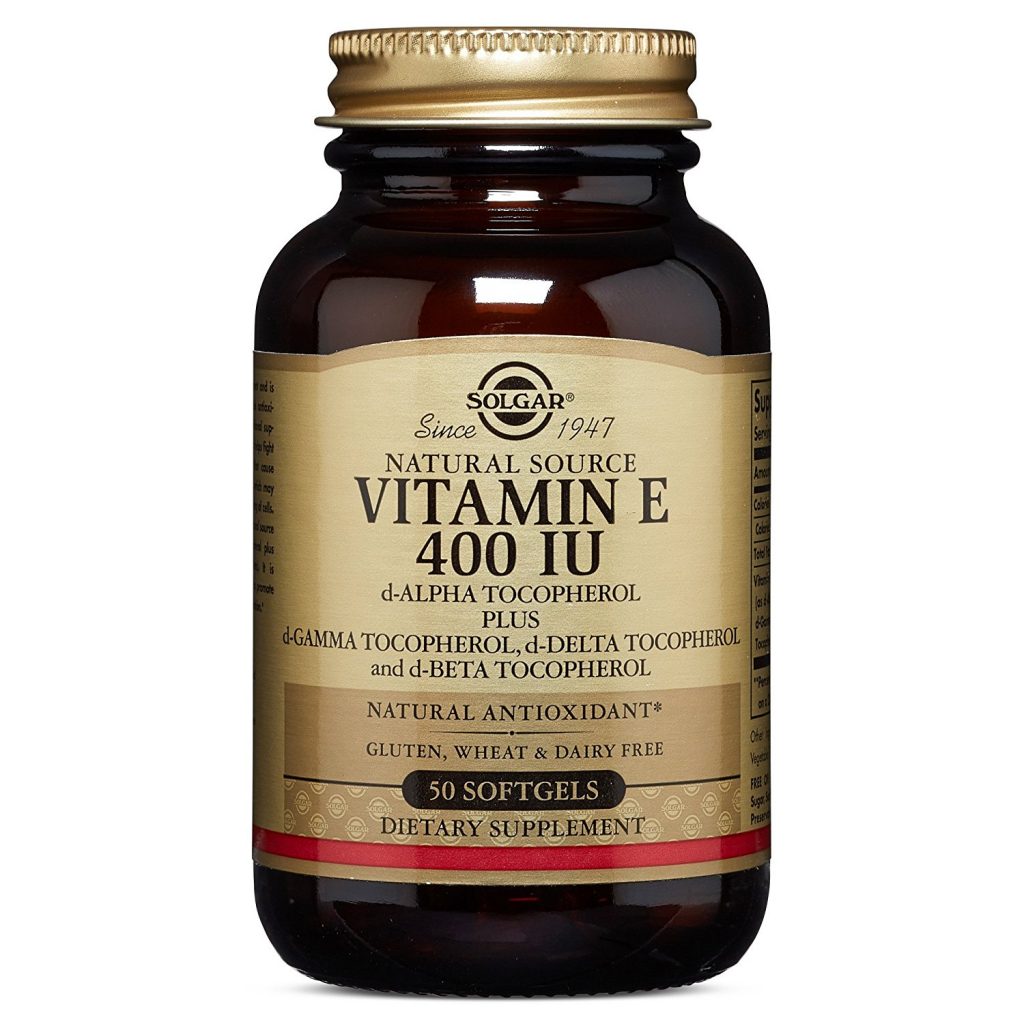The Menopause
5 tips for managing hot flushes and night sweats
If you wake in the middle of the night feeling intensely hot and sweating, you’ll know how uncomfortable menopausal night sweats can be.
Night sweats are really no different to the hot flushes we might experience throughout the day. However, by disturbing our sleep, they can lead to other unpleasant symptoms, such as tiredness and low mood. Whilst a lucky few don’t experience them at all, and some experience them only mildly, they are a common complaint caused by the menopause and affect the majority (around 75%) of women.
We don’t fully understand exactly what causes menopausal hot flushes, but we associate them with a fall in levels of oestrogen. This is believed to affect the area of the brain (the hypothalamus) that regulates body temperature. As our brain appears to think we need to cool down, our body springs into action – our skin becomes rosy (the so-called hot flush) and we begin to sweat. There are 5 things we can try to help reduce night sweats and the effect they have on our sleep.
Hormone replacement therapy
Hormone replacement therapy (HRT) works by topping up our natural hormone levels as they decline and is often helpful in treating hot flushes and night sweats as well as other menopausal symptoms. There remains a great deal of confusion about the risks and benefits.
However, it is recommended by the leading experts and the benefits outweigh the (small) risks. Modern HRT formulations are plant-derived and come from the wild yam plant.
Read our latest guide to HRT here
Herbal remedies for hot flushes
Sage has a history of use for menopausal symptoms including hot flushes and night sweats. In one study testing sage and alfalfa extracts on 30 menopausal women, two thirds of participants saw hot flushes and night sweating completely disappear, whilst the remainder also saw a reduction in symptoms.
Try A.Vogel Menoforce Sage Tablets, a licensed herbal remedy for hot flushes and night sweats
Avoid hot flush triggers
Drinking alcohol, ingesting caffeine, eating spicy food (and smoking) can all contribute to hot flushes, so are best avoided. Sleeping in a cooler room and wearing looser fitting nightclothes are also recommended.
For sleepwear that’s pretty, practical and extremely comfortable, try the specialist menopause nightwear brand Cucumber – its designs are made from a patented wicking fabric to help keep you cool and dry.
Shop the Cucumber Clothing nightwear range here.
Try menopause-friendly recipes
Soy foods such as edamame beans, tofu and soy milk often feature in menopause-friendly recipes. This is because soy contains oestrogen-like compounds known as phytoestrogens that replicate some of the effects of oestrogen in our bodies. Like soy, flaxseed also contains phytoestrogens. A study of 29 women who consumed two tablespoons of flaxseed daily found that it halved their number of hot flushes and decreased their intensity.
Try Linwoods Milled Organic Flaxseed sprinkled on yoghurt, mixed into smoothies, and in baking.
Take vitamin E
 One of the main antioxidants (alongside vitamins A and C), vitamin E is well known for supporting healthy skin and hair, but did you know it has also been studied for its effect on hot flushes? A placebo double blind controlled trial in which participants took 400 IU vitamin E for four weeks found it appeared to reduce the severity and frequency of hot flushes.
One of the main antioxidants (alongside vitamins A and C), vitamin E is well known for supporting healthy skin and hair, but did you know it has also been studied for its effect on hot flushes? A placebo double blind controlled trial in which participants took 400 IU vitamin E for four weeks found it appeared to reduce the severity and frequency of hot flushes.





